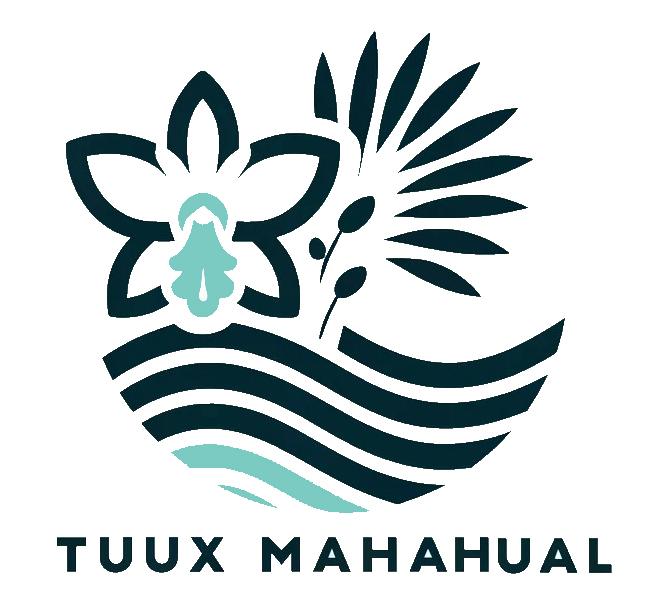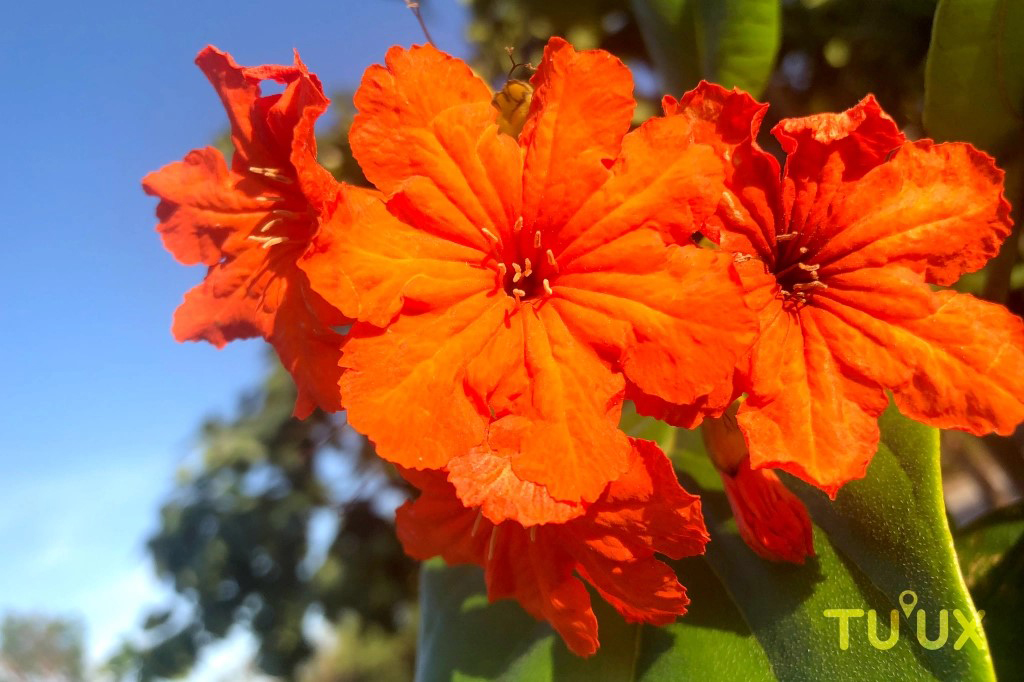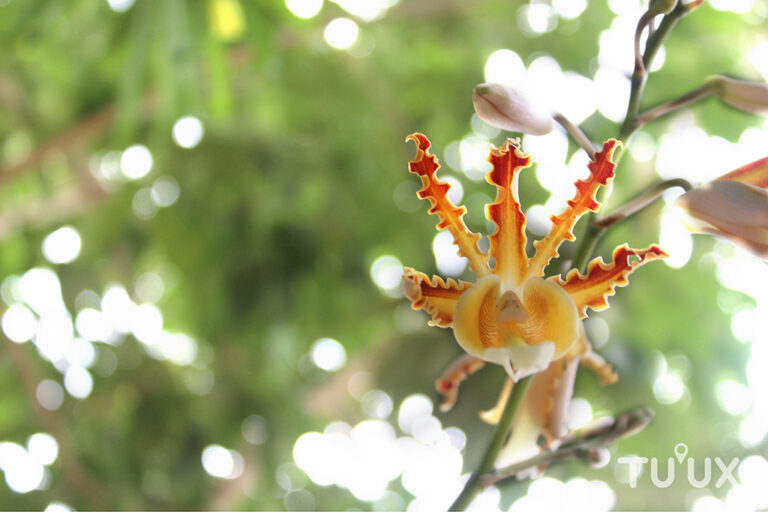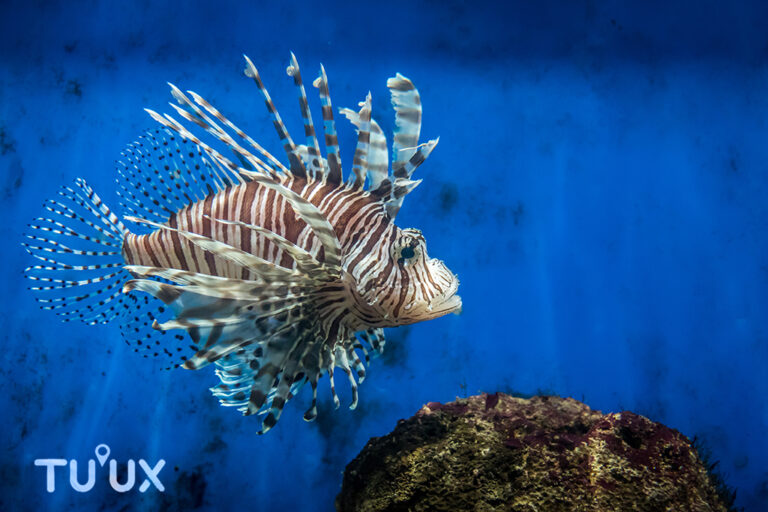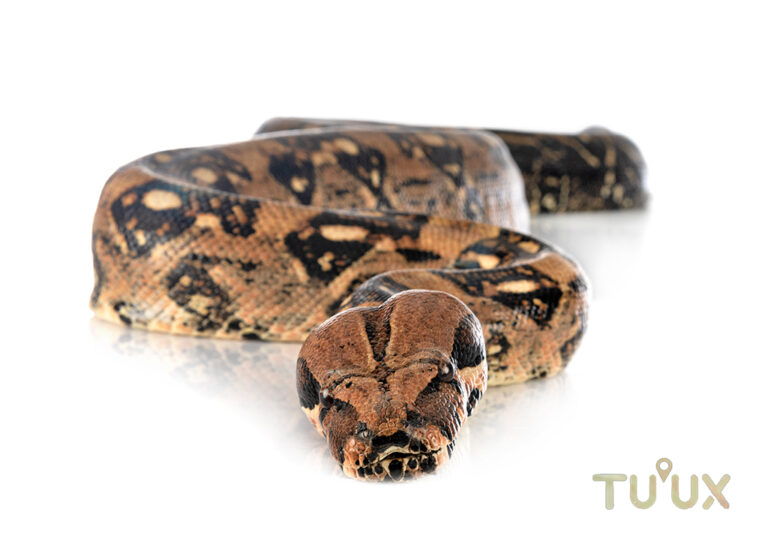EL CIRICOTE
🌳 El Ciricote (Cordia dodecandra): Tesoro Vivo del Trópico Mexicano
🌿 Un Árbol que Encierra Historia, Vida y Sabiduría
En las selvas tropicales del sureste mexicano, un árbol destaca no solo por su belleza imponente, sino por su profundo valor ecológico, cultural y simbólico. Se trata del Ciricote (Cordia dodecandra), una especie nativa de Mesoamérica que florece con fuerza en regiones como Mahahual, Quintana Roo, formando parte esencial del paisaje costero y del conocimiento ancestral de los pueblos que lo han cuidado por generaciones.
🧬 Características Botánicas: Fortaleza Verde del Caribe
El Ciricote es un árbol perenne que puede alcanzar entre 10 y 15 metros de altura. Su tronco recto y cubierto por una corteza gris agrietada le da un aire de nobleza antigua, mientras que su copa amplia y densa brinda sombra fresca durante todo el año.
Detalles botánicos destacados:
- Hojas: grandes, elípticas, de color verde brillante y textura suave
- Corteza: rugosa, con patrones naturales atractivos
- Altura: entre 10 y 15 metros
- Hábitat: climas cálidos y húmedos, desde selvas hasta áreas costeras
Este árbol no solo adorna el entorno: cumple una función ecológica fundamental al regular la humedad, fijar el suelo y servir de refugio para aves e insectos.
🌸 Flores y Frutos: Espectáculo de Color y Sabor
Durante la temporada de lluvias, el Ciricote despliega un festival de flores pequeñas y fragantes, que van desde el blanco al amarillo intenso y naranja vibrante. Estas flores atraen a una amplia gama de polinizadores como abejas, mariposas y colibríes, reforzando la biodiversidad local.
🍈 Fruto nutritivo y biodiverso:
- Tipo: drupa carnosa
- Color: amarillo-anaranjado
- Pulpa: dulce y rica en nutrientes
- Consumido por: aves, monos, coatíes y pequeños mamíferos
- Uso humano: en algunas comunidades, se recolecta en temporada de sequía como alimento tradicional
🌿 Sabiduría Ancestral: Usos Medicinales y Prácticos
El Ciricote ha sido parte del saber tradicional de las comunidades mayas desde tiempos remotos. Sus propiedades curativas lo convierten en un elemento esencial en la medicina herbolaria.
🧉 Aplicaciones tradicionales:
- Hojas y corteza: antiinflamatorias y cicatrizantes
- Infusiones y ungüentos: para tratar heridas, infecciones, picaduras, problemas digestivos
- Baños curativos: en rituales de sanación física y espiritual
Estas prácticas, transmitidas por generaciones, siguen vivas en muchas comunidades rurales de Quintana Roo.
🪵 Madera Valiosa: Belleza Artesanal y Durabilidad
Una de las cualidades más apreciadas del Ciricote es su madera oscura, veteada y extremadamente resistente. Su textura y dureza la hacen ideal para trabajos de alta calidad:
- Muebles finos y resistentes
- Instrumentos musicales (como guitarras y marimbas)
- Tallas artesanales y piezas decorativas
- Utensilios tradicionales y adornos locales
Su explotación, sin embargo, debe hacerse de forma responsable para evitar el agotamiento de este recurso.
🌳 Valor Ornamental y Ecológico
Gracias a su atractivo visual y resistencia al clima tropical, el Ciricote también se utiliza ampliamente en jardines, parques y espacios públicos. Pero su importancia va más allá de lo estético:
- 🌱 Estabiliza suelos frágiles en zonas costeras
- 💧 Facilita la retención de agua en época de sequía
- 🦜 Alberga fauna nativa: aves, murciélagos, insectos polinizadores
- 🌾 Favorece la regeneración natural de los ecosistemas selváticos
En Mahahual, su presencia es clave para mantener la resiliencia ecológica de los paisajes naturales frente al cambio climático.
🛑 Conservación: Un Compromiso Urgente
A pesar de sus beneficios, el Ciricote enfrenta amenazas serias:
- Deforestación indiscriminada
- Expansión urbana sin planificación ecológica
- Sobreexplotación comercial de su madera
🌎 Iniciativas en marcha
En Mahahual, varias organizaciones locales promueven la reforestación con especies nativas, el manejo forestal sostenible y la educación ambiental para niños, jóvenes y turistas. Estas acciones buscan proteger al Ciricote no solo como especie, sino como símbolo de un futuro sustentable.
💬 Reflexión Final: Un Árbol, Muchas Historias
El Ciricote no es solo un árbol; es un testimonio viviente del trópico mexicano, un puente entre la sabiduría ancestral y la ciencia ecológica moderna. Protegerlo es defender la biodiversidad, la cultura local y el equilibrio natural de una región tan rica como frágil.
📌 ¿Cómo puedes ayudar?
- 🌱 Participa en jornadas de reforestación con especies nativas
- 📚 Aprende sobre flora local y comparte el conocimiento
- 🛒 Elige productos de madera certificados y sostenibles
- 🐾 Respeta las áreas naturales donde crece el Ciricote
- 🤝 Apoya a comunidades que promueven la conservación en Mahahual
🌳 El Ciricote es raíz, sombra y fruto de un ecosistema que nos necesita tanto como nosotros a él.
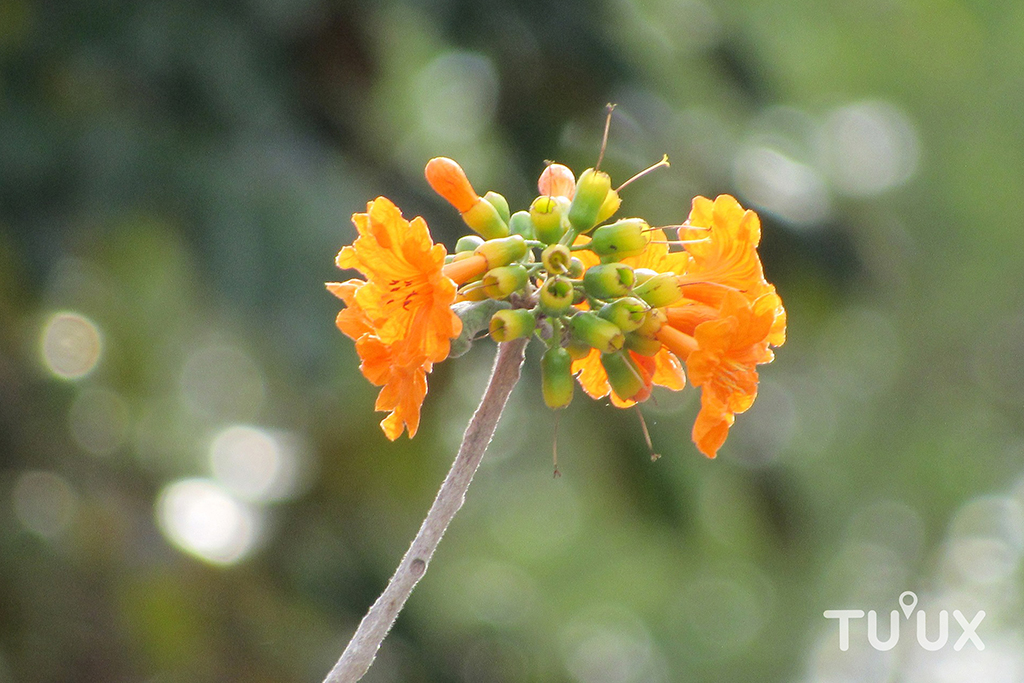
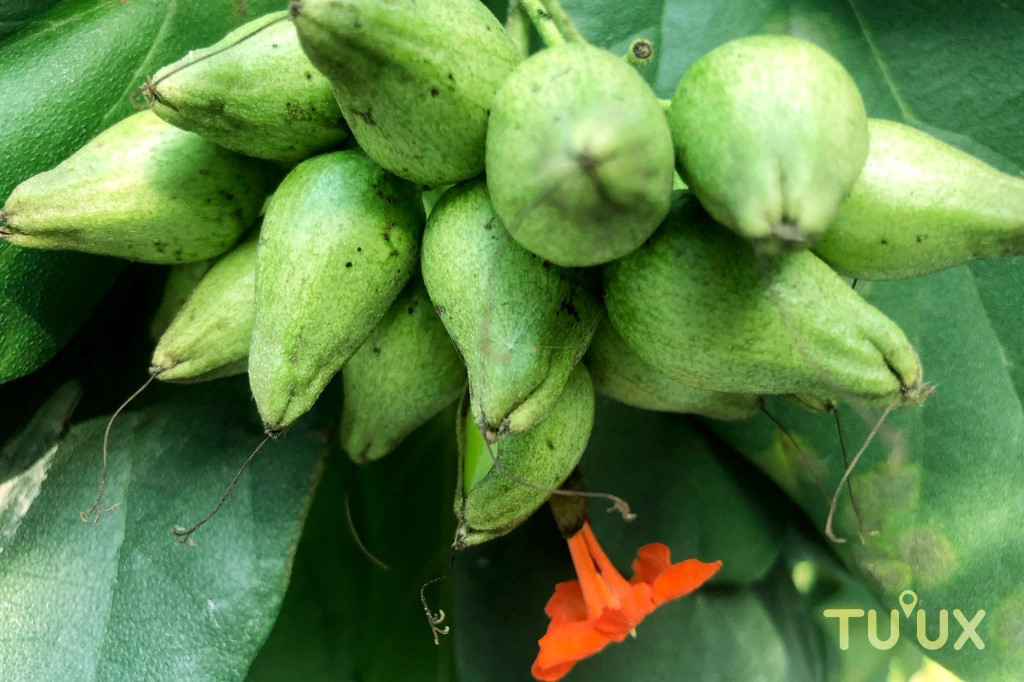
🌳 The Ciricote (Cordia dodecandra): A Living Treasure of the Mexican Tropics
🌿 A Tree that Holds Life, History, and Wisdom
In the tropical forests of southeastern Mexico, one tree stands out not only for its striking beauty but for its deep ecological, cultural, and symbolic value. This is the Ciricote (Cordia dodecandra), a native species of Mesoamerica that thrives in regions like Mahahual, Quintana Roo, playing a vital role in the coastal landscape and in the ancestral knowledge of the people who have protected it for generations.
🧬 Botanical Characteristics: The Caribbean’s Green Sentinel
The Ciricote is a perennial tree that can reach between 10 and 15 meters in height. Its straight trunk with cracked gray bark gives it a dignified, ancient appearance, while its broad, dense canopy provides generous shade year-round.
Key botanical features:
- Leaves: large, elliptical, bright green with a smooth texture
- Bark: rough, with attractive natural patterns
- Height: 10–15 meters
- Habitat: warm, humid climates—from forested areas to coastal zones
Far more than an ornamental tree, the Ciricote plays a fundamental ecological role by regulating humidity, stabilizing soil, and sheltering birds and insects.
🌸 Flowers and Fruits: A Burst of Color and Life
During the rainy season, the Ciricote puts on a floral show, with small, fragrant blossoms ranging from white to bright yellow and vibrant orange. These flowers attract a wide variety of pollinators, such as bees, butterflies, and hummingbirds, boosting local biodiversity.
🍈 Nutritious fruit for wildlife and people:
- Type: fleshy drupe
- Color: yellow-orange
- Pulp: sweet and nutrient-rich
- Consumed by: birds, monkeys, coatis, and small mammals
- Human use: in some communities, the fruit is collected during dry seasons as a traditional food source
🌿 Ancestral Wisdom: Medicinal and Practical Uses
The Ciricote has long been part of the traditional herbal medicine practiced by the Maya and other local communities. Its healing properties make it a staple in natural remedies.
🧉 Traditional applications:
- Leaves and bark: anti-inflammatory and antiseptic
- Teas and ointments: for wounds, skin infections, stings, and digestive issues
- Herbal baths: used in spiritual and physical healing rituals
This traditional knowledge continues to be practiced and passed down through generations in rural parts of Quintana Roo.
🪵 Valued Wood: Artistic Beauty and Lasting Strength
One of the Ciricote’s most prized qualities is its dense, richly veined wood, known for its strength and striking visual patterns. It’s highly sought after for:
- Fine, durable furniture
- Musical instruments (such as guitars and marimbas)
- Hand-carved crafts and decorative items
- Traditional utensils and local ornaments
Its use in artisan work supports local economies, but sustainable harvesting practices are essential to prevent overexploitation.
🌳 Ornamental Beauty and Ecological Importance
Thanks to its visual appeal and resistance to tropical climates, the Ciricote is often used in parks, gardens, and public green spaces. Yet its value goes far beyond aesthetics:
- 🌱 Stabilizes soil in fragile coastal areas
- 💧 Enhances water retention during dry seasons
- 🦜 Provides habitat for native fauna: birds, bats, and pollinators
- 🌾 Supports natural regeneration of tropical forest ecosystems
In Mahahual, its presence is key to maintaining the ecological resilience of natural landscapes in the face of climate change.
🛑 Conservation: An Urgent Commitment
Despite its many benefits, the Ciricote faces serious threats:
- Uncontrolled deforestation
- Urban development without ecological planning
- Unsustainable commercial logging
🌎 Ongoing initiatives
In Mahahual, local organizations promote reforestation with native species, sustainable forestry, and environmental education for residents, youth, and visitors. These efforts aim to protect the Ciricote not just as a species—but as a symbol of a sustainable future.
💬 Final Reflection: One Tree, Many Stories
The Ciricote is not just a tree; it is a living testament to the Mexican tropics, a bridge between ancestral wisdom and modern ecological science. To protect it is to defend biodiversity, cultural identity, and the natural balance of a region that is as rich as it is fragile.
📌 How Can You Help?
- 🌱 Join local reforestation efforts with native species
- 📚 Learn and share knowledge about native flora
- 🛒 Choose certified sustainable wood products
- 🐾 Respect the natural areas where the Ciricote grows
- 🤝 Support communities working for conservation in Mahahual
